 Lots of Acceleration and Little Steering…yet – How do we Leverage Digital learning during and post Pandemic?
Lots of Acceleration and Little Steering…yet – How do we Leverage Digital learning during and post Pandemic?
The introduction of new technologies has always brought with it a myriad of responses from users. For example, some are willing to wait in line for countless hours to be the first to own the latest and greatest cell phone, others cannot imagine being without a landline. Some find merit in both. Regardless of where each of us was a few months ago, technology has become an essential tool to address an urgent need as a result of the pandemic. The recent move to learn remotely has administrators, educators and students propelled into accelerated learning on the technology learning continuum.
When remote learning began, the key focus for many was on learning the basics of site navigate and content upload to the virtual learning environment. As familiarity with digital tools have increased at a rapid rate and basic skills are developing with greater automaticity many are using technology as an effective tool to be leveraged to enhance and transform teaching and learning.
Now that school systems have been accelerated into a digital world teaching and learning will forever be transformed to involve technology. The status quo will no longer suffice for many educators and students. Even so, anyone who has driven a vehicle knows that acceleration without steering can have dire consequences. School and system leaders need to consider how to effectively leverage new digital capabilities to support deeper pedagogy. When face to face learning resumes and the urgency of the pandemic is not a significant driver in the use of technology it will be imperative for us to consider how to keep the momentum going for effectively using technology in new and innovative ways in education.
We need to consider:
- What is your vision for digital in the next year?
- What conditions need to be in place to continue to leverage technology in schools to enhance learning?
- What are the ways that technology can be used for transformative learning and the creation of new learning opportunities that were previously inconceivable?
- What practices will need to discontinue?
- What is your first move?
We are currently in a state of flux in education with momentum to make significant strides in the use of digital technologies to support student achievement. Putting on the brakes when we return to a more familiar classroom experience should not be our next move. Now is the time for steering. Leaders have opportunity to choose the path rather than having the path chosen for us.
A Superintendent in another Board near us recently posted this Dave Hollis meme on her Twitter feed and it succinctly summarizes exactly what we need to continue to consider together as we move forward.

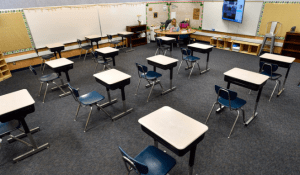

 I have now been in my new role as a Superintendent of Education here in Grand Erie for just over two months. Many people have asked me about the transition, and I can truly say it has been wonderful.
I have now been in my new role as a Superintendent of Education here in Grand Erie for just over two months. Many people have asked me about the transition, and I can truly say it has been wonderful. have learned from each past interaction and individual, using these insights to have a positive impact on student achievement and well being. Having different experiences in my educational journey has confirmed for me, over and over again, that there are many facets of the education system to learn about, often in ways that I had not anticipated. And that is why learning together as a team is vital.
have learned from each past interaction and individual, using these insights to have a positive impact on student achievement and well being. Having different experiences in my educational journey has confirmed for me, over and over again, that there are many facets of the education system to learn about, often in ways that I had not anticipated. And that is why learning together as a team is vital. So, let’s start the conversation. In my experience working at the system level, I find that staff (whether Board staff, school staff or the various support staff) truly want to make decisions relevant to students, educators, schools and families. For example, the recent rolling out of the Parent Portal across the district provides a single digital access point for families and ensures the safety and privacy of student information. That decision was a team decision and it took many different personnel to make it happen. #workingtogether
So, let’s start the conversation. In my experience working at the system level, I find that staff (whether Board staff, school staff or the various support staff) truly want to make decisions relevant to students, educators, schools and families. For example, the recent rolling out of the Parent Portal across the district provides a single digital access point for families and ensures the safety and privacy of student information. That decision was a team decision and it took many different personnel to make it happen. #workingtogether

 September presents educators with an eager anticipation for new beginnings and a sense of hope for limitless possibilities that lie ahead; for students – a hope in attaining their loftiest learning goals; for educators – a desire to unleash students’ fullest potential and for administrators – to empower their school communities to engage in cycles of continuous improvement.
September presents educators with an eager anticipation for new beginnings and a sense of hope for limitless possibilities that lie ahead; for students – a hope in attaining their loftiest learning goals; for educators – a desire to unleash students’ fullest potential and for administrators – to empower their school communities to engage in cycles of continuous improvement.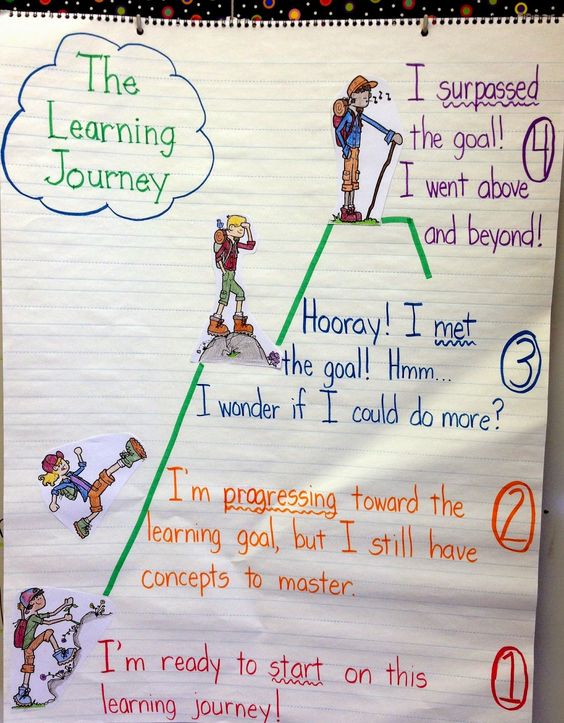 example, how challenging it would be going from a position of being a knowledgeable other to one who is almost exclusively the recipient of new knowledge. I do not struggle with not knowing everything. In fact, I have always prided myself on recognizing that I have much to learn, but the steep learning curve of a new role can have the potential to make one’s confidence wane. The uncertainties I am experiencing are bringing me out of my comfort zone but in ways that leave me inspired to challenge myself. It is my hope that the skill set and attitude that has brought me to this point in my learning journey will continue to help me be successful in my new role and to apply my own fresh lens to each situation to which I am presented. I remind myself to hold onto my long held belief that mindset is crucial to success in any role and that new challenges are meant to be embraced!
example, how challenging it would be going from a position of being a knowledgeable other to one who is almost exclusively the recipient of new knowledge. I do not struggle with not knowing everything. In fact, I have always prided myself on recognizing that I have much to learn, but the steep learning curve of a new role can have the potential to make one’s confidence wane. The uncertainties I am experiencing are bringing me out of my comfort zone but in ways that leave me inspired to challenge myself. It is my hope that the skill set and attitude that has brought me to this point in my learning journey will continue to help me be successful in my new role and to apply my own fresh lens to each situation to which I am presented. I remind myself to hold onto my long held belief that mindset is crucial to success in any role and that new challenges are meant to be embraced! gritty. It doesn’t help a person stay committed to things.
gritty. It doesn’t help a person stay committed to things.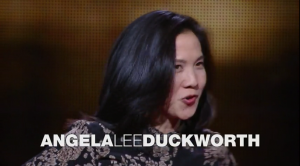
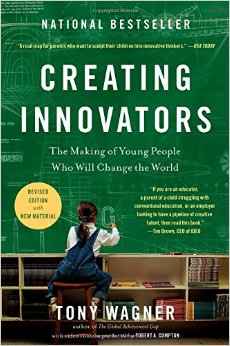 When you were younger, do you remember hearing adults say phrases such as, “Kids these days do not have the same motivation that we did when we were young.” Well, I find myself saying exactly that, but not with the tone you might expect. Understanding what motivates students helps educators plan the most effective ways to create conditions in our classrooms that inspire creativity and innovation and prepare students for their academic future.
When you were younger, do you remember hearing adults say phrases such as, “Kids these days do not have the same motivation that we did when we were young.” Well, I find myself saying exactly that, but not with the tone you might expect. Understanding what motivates students helps educators plan the most effective ways to create conditions in our classrooms that inspire creativity and innovation and prepare students for their academic future.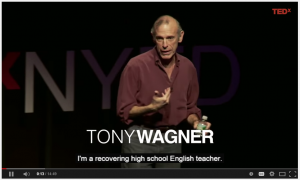
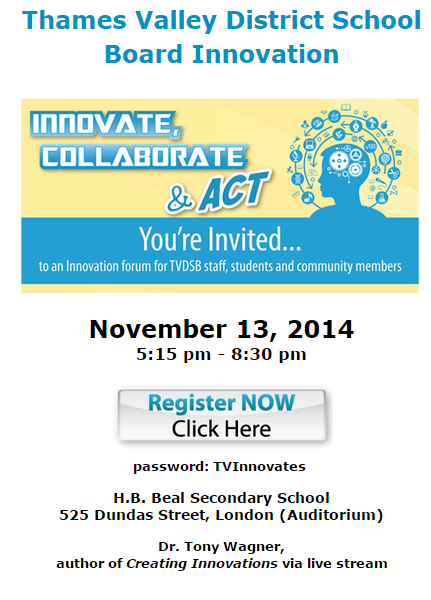
 I have often been described as an optimist. Truth be told, I have always thought that believing good things will happen is the first step towards good things actually happening. I remember hearing that, before taking a foul shot, the famous basketball player, Michael Jordan would visualize the ball going into the basket. This always stuck with me.
I have often been described as an optimist. Truth be told, I have always thought that believing good things will happen is the first step towards good things actually happening. I remember hearing that, before taking a foul shot, the famous basketball player, Michael Jordan would visualize the ball going into the basket. This always stuck with me.

 “If we teach today as we taught yesterday, we rob our children of tomorrow. “ John Dewey
“If we teach today as we taught yesterday, we rob our children of tomorrow. “ John Dewey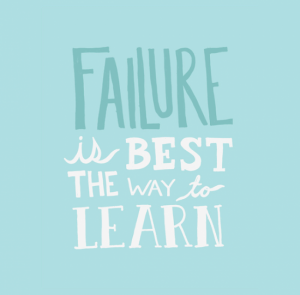 A few weeks ago I was reading an online blog that hit a chord with me. The gist of the author’s message was that failure is inevitable but it is what we do after our failures that have the potential of making us wiser and stronger. As the weeks have passed the relevance of this message has become so clear in school life.
A few weeks ago I was reading an online blog that hit a chord with me. The gist of the author’s message was that failure is inevitable but it is what we do after our failures that have the potential of making us wiser and stronger. As the weeks have passed the relevance of this message has become so clear in school life.